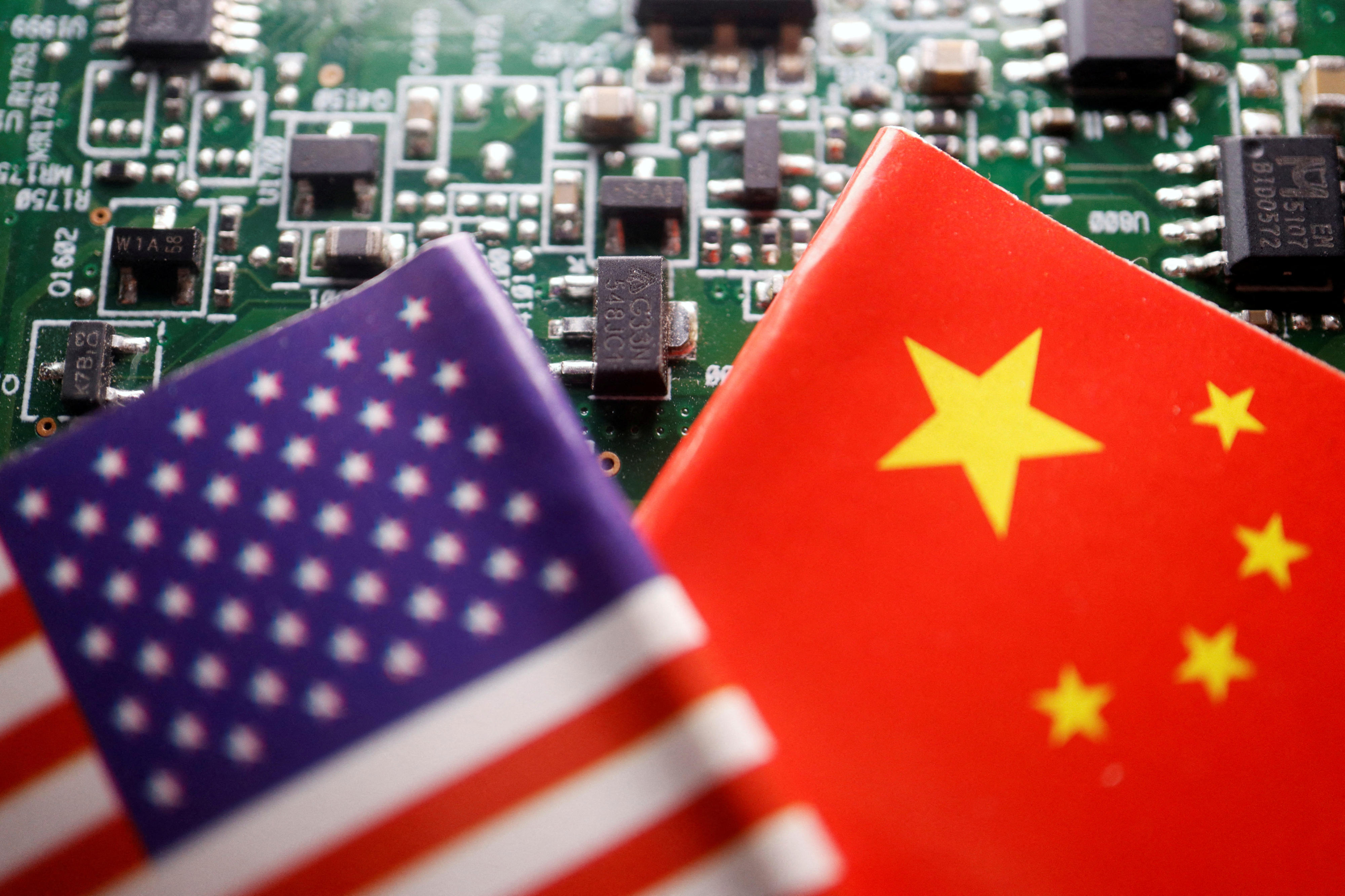The dance of the discontents on October 9, 1962 (Part II)

What you need to know:
- To this day, as we noted last week, President Museveni has no peers or even remotely near-equals. That Uganda presidential wall, has been up for nearly 55 years now. And no party has a UPC-style Youth League.
So last week, in the wake of the 58th Independence Anniversary, we left when the newly Independence-era had stepped up in black tie to waltz.
The State ball, an event that has long died, was not all about dancing. It was a ritual of the egalitarian and collegial spirit that marked the first few years of Independence under the Uganda Peoples Congress (UPC) and Milton Obote’s rule, and would go up in flames before long.
So how did the UPC briefly become a party of equals? Why didn’t all UPC members dance to the same song on October 9, 1962? And what bits of UPC (and Obote) do we see in the NRM and President Yoweri Museveni’s mirrors today?
To the first, and partly second, question there’s a summary of the October 1962 moment in a Wikipedia entry. It’s inaccurate in its “tribal maths”, ignoring other economic and historical factors that shaped the politics of the time, but we will cite here liberally nevertheless, because it still has some valuable insights:
“The Uganda Peoples Congress had several obstacles to forming a government. The party leadership was fragmented. Each party functionary represented a local constituency, and most of the constituencies were ethnically distinct.
“For example, Milton Obote’s strength lay among his Langi kin in northern Uganda; George Magezi represented the local interests of his Bunyoro compatriots; Grace S K Ibingira’s strength was in the Ankole; and Felix Onama was the northern leader of the largely neglected West Nile District in the north-west corner of Uganda.
“Each of these regional political bosses and those from the other Uganda regions expected to receive a ministerial post in the new Uganda government, to exercise patronage, and to bring the material fruits of Independence to local supporters.
Failing these objectives, each was likely either to withdraw from the UPC coalition or realign within it (emphasis mine).
“The UPC had had no effective urban organisation before Independence (emphasis added), although it was able to mobilise the trade unions, most of which were led by non-Ugandan immigrant workers from Kenya (a situation which contributed to the Independent Uganda government’s almost immediate hostility toward the trade unions).
No common ideology united the UPC, the composition of which ranged from the near reactionary Onama to the radical John Kakonge, leader of the UPC Youth League. As prime minister, Obote was responsible for keeping this loose coalition of divergent interest groups intact”.
“Obote also faced the task of maintaining the UPC’s external alliances, primarily the coalition between the UPC and the Kabaka, who led Buganda’s KY…”
Three important things are that, first, for the reasons above and many more, there were several regional overlords in the UPC, and Obote was only first among equals. It is easy to party together if you have this arrangement.
Second, UPC I had deeply ideological tendencies within it; the radical left-leaning one, the conservative one, and even centrists. Third, very distinct interest groups, with most notably the UPC Youth League not moored in any regional or tribal grouping.
This was clear on October 9, 1962. Second Deputy Prime Minister Kirunda Kivejinja was a member of the UPC Youth League then – and together with a group of his comrades, a party radical and rebel. As the new Uganda Flag went up, Kivejinja and his fellow rebels had other plans than partying and State House.
Kivejinja took advantage of his spare frame to climb up a flag post to pull down the Flag of Portugal. Another of his comrades took up to pull down the Israeli Flag. Portugal was the colonial power in Angola, Mozambique, Cape Verde, Guinea-Bissau, São Tomé and Príncipe.
It was not countenancing independence, and the bitter liberation war was already raging in Angola for more than a year before Uganda’s Independence, and was about to begin in Mozambique. Israel was occupying Palestine.
The UPC Youth League radicals thought they shouldn’t have been invited to Uganda’s Independence. For their troubles, Kivejinja and his fellow discontents spent the arrival of Independence in the cooler.
Fast forward to 1964, with the end of the UPC-KY alliance; the 1966 attack on Mengo; and the 1966 pigeon hole constitution, and Obote erased all those tendencies, and consolidated power. With the failed December 19, 1969 assassination on Obote in Lugogo, the music and dancing slowed. The president went behind a wall of bodyguards.
To this day, as we noted last week, President Museveni has no peers or even remotely near-equals. That Uganda presidential wall, has been up for nearly 55 years now. And no party has a UPC-style Youth League.





